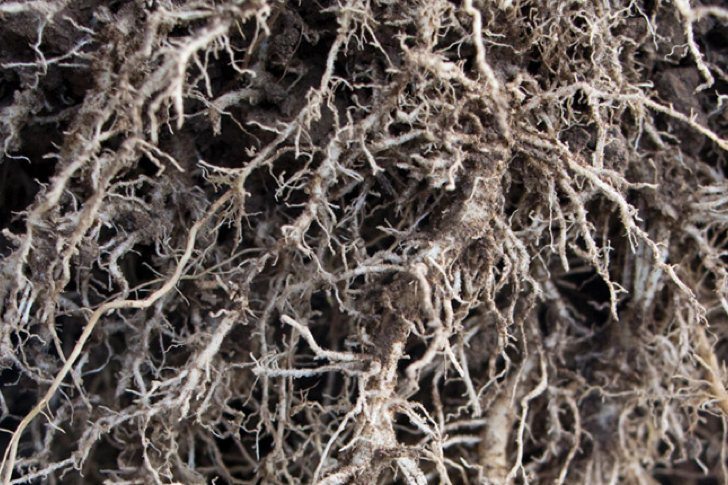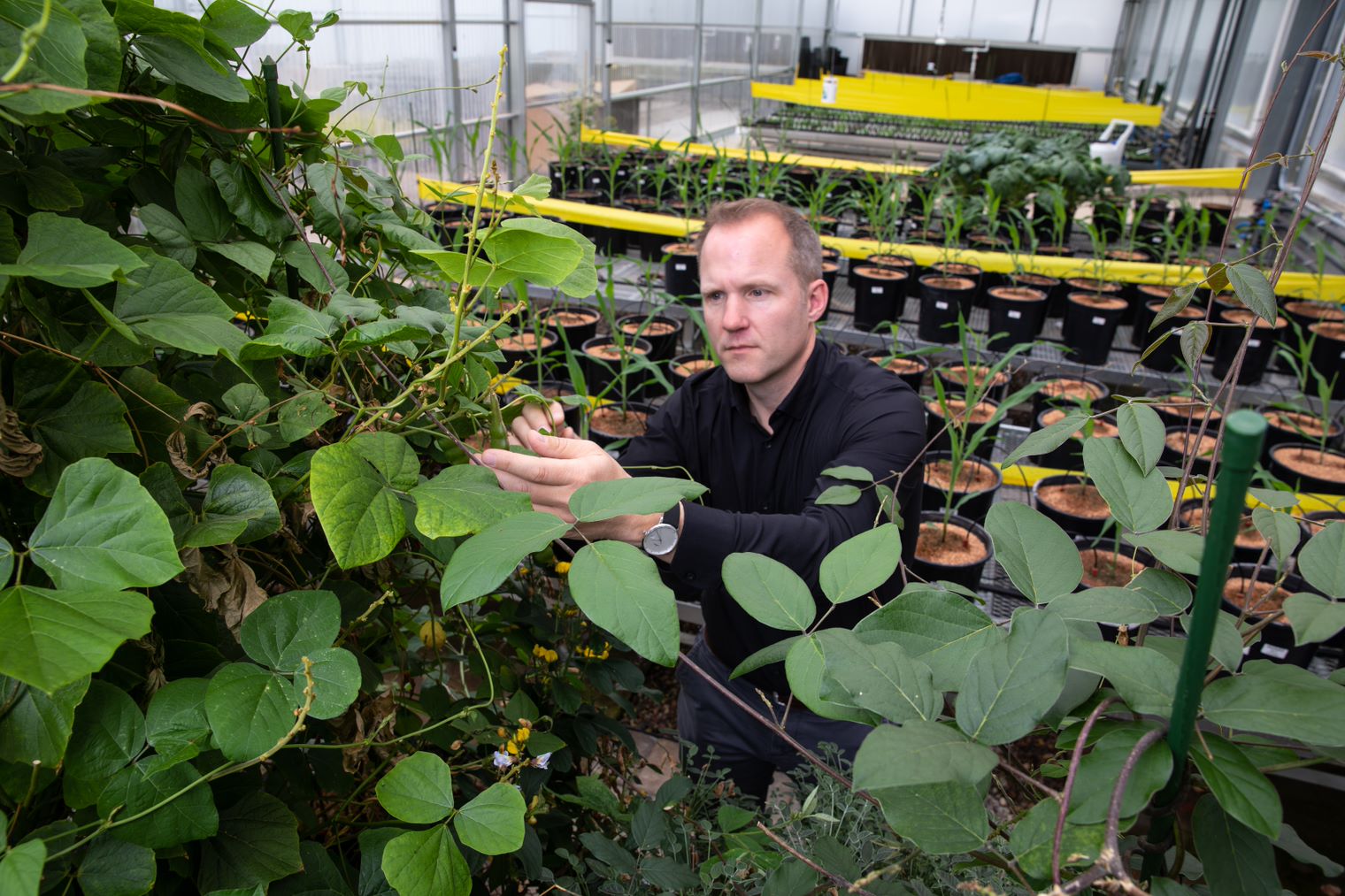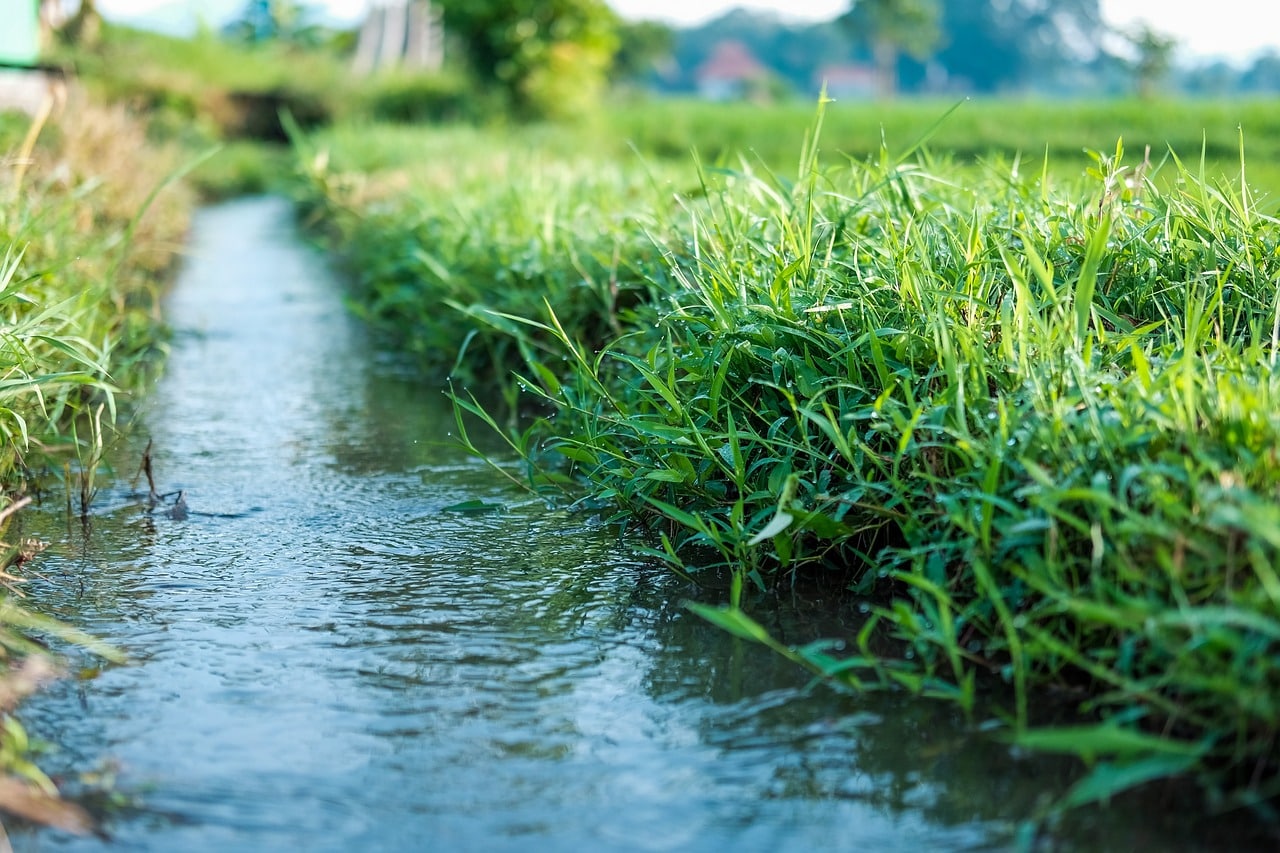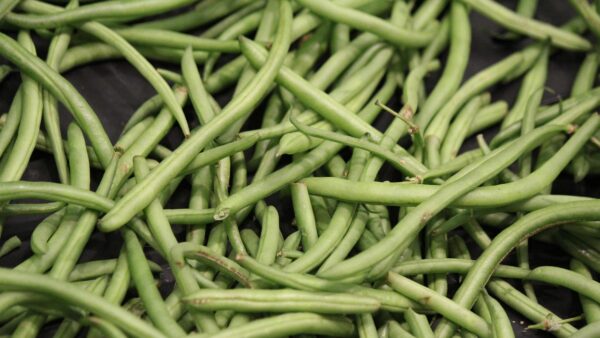Seed treatment experts examine the relationship between seed-applied technologies and plants’ ability to access and use water already in the soil profile. We discovered that in the end, it all comes back to root health.

Known to be the building block of all living things, water is essential to a seed’s ability to germinate and all aspects of crop production. Without it, you just have seed in the ground, says Justin Clark, BASF technical market manager.
Water helps you start the season off strong and is key to laying a good, strong foundation for the rest of the growing season, he says.
In some areas, water availability is not a concern. In fact, researchers within the seed industry are exploring ways to help plants cope with excess water from spring showers early in the growing season, as is often the case in the eastern and northern parts of the Midwest. Yet in other areas, such as the Plains and in the West, water availability is much less and a topic that can stir up consternation among communities when it comes to access and use.
For example, total water use for corn production in Missouri ranges from 20 inches to 35 inches depending on relative maturity of the hybrid, planting date, weather and location, according to information from the University of Missouri. But as you move west, rainfall becomes less, and growers tend to rely on irrigation water for optimal production.
For corn and soybean production, water can be a game changer, adds Bruce Battles, Syngenta Seedcare technology manager. “Rainfall and water availability early in the season sets you up for [success or failure] later in the season,” he explains, noting that corn with plenty of available water will be taller and have larger leaves and stronger stems.
If water is limited, he says you get a shorter plant, with less leaf area — all related to the early vegetative stages.

Water Pressure
A commonly cited statistic is that agriculture uses 70 percent of the world’s fresh water, and Extension specialists agree that a high-yielding corn crop requires about 22 inches of water.
However, farmers and those in agriculture face increasing pressure from governments, local communities and non-governmental organizations to use less water, and in some cases much less.

During the past 10 years, droughts and extreme climatic events around the world have pushed companies to put added emphasis on improving plants’ ability to more efficiently use water.
Leaders at Syngenta recognized the pressure being put on farmers to not only use less water, but also fewer total inputs. As part of its Good Growth Plan, they have set a goal of increasing the average productivity of the world’s major crops by 20 percent by 2020 without using more land, water or inputs.
They are already starting to see the fruits of their labor. Partnering with equipment manufacturer Lindsay, the company has developed an integrated solution combining its drought-resistant seeds with tailored crop protection and automated irrigation. Even under drought conditions, yields were 10 to 20 percent higher compared to traditionally-farmed plots, according to the company.
And seed treatments are part of this strategy.
“With seed treatments, we can make a plant more efficient,” Battles says. “The more we can protect the roots, the more we can get a healthy plant at harvest.”
His colleague Chad Vest, a Syngenta Seedcare representative, agrees.
As we look at water and how it affects yield, water is the transportation system that takes nutrients out of the soil, as well as providing structure for the plant itself. Seed treatments can definitely help the plant absorb more nutrients and water out of the ground. In doing so, this allows for more metabolism efficiencies in the plant, and maybe most notably is water use efficiency.
Seed treatments have a very big effect on root mass, which correlates with water and nutrient uptake, which impacts overall plant health, Vest says.
Clark adds that certain seed treatments provide unique benefits, other than disease protection, resulting in less stress in the field. He says that BASF keeps this notion in mind when developing new innovations.
“We are using the same amount of water but getting more efficient growth,” Clark says, referring to products containing the F500 molecule or pyraclostrobin. These products are Stamina for corn, Stamina F3 Cereals for wheat and Vault HP plus Integral for soybeans.
Also, Vest explains that as seed treatments enable farmers to plant earlier in the season, it allows plants to capture more water earlier.
“This is very important,” he says. “As we head into the later part of the season, I think the residual effects — because we can see increased root mass later in the season due to early-season seed treatment application — allow us to capture more moisture.”
Protecting the plant in the beginning leads to a healthier, higher-yielding plant in the end. Battles says that by managing more of these “nibbler” type pests, such as Rhizoctonia, Pythium and Phytophthora, growers are getting bigger root mass on each plant with more fibers and hairs, which are primarily responsible for water uptake.
Battles explains that this not only helps with water use efficiency but also overall plant health and vigor. As such, with its Cruiser seed treatment, which contains the active ingredient Thiamethoxam, Syngenta was able to patent vigor due to the increased level of plant vigor beyond what appears to be a standard plant response to increased protection from an insecticide.
The “vigor effect” can be attributed to the biosynthesis of specific functional plant proteins. A research paper in the journal Plant Protection states: “These proteins help the plant to better cope with numerous adverse environmental growing factors, such as drought, heat stress …”
“My initial research focused on the important effects microbes could have in conferring resistnace … But I started to suspect that water stress was involved.”
— Greg Sword
Genetic Synergies
Tackling this same issue from a trait standpoint, Syngenta scientists and breeders developed what’s known as Agrisure Artesian — hybrids that contain multiple genes for season-long drought protection, responding to water stress with multiple modes of action. So how can seed treatments help a plant designed to better manage water stress?
“As we look at Artesian and the alleles that make up the Artesian hybrids, it’s very important from a seed treatment perspective to give that plant the best, earliest start it can possibly have,” Vest says. “That plays a big role along with the fact that a lot of those alleles are root focused.
“Because they are root focused, seed treatments definitely help with proliferation and the ability for the root to not only repair itself, but also to stay healthy throughout the entire growing season.”
Battles actually spends a great deal of time near Phoenix, Ariz., where he can better regulate water management for trial work.
Under drought environments in Arizona, we observed at 128 days after planting a 12 to 17 percent increase in root biomass across different irrigation regimes as a result of using Cruiser, he says, noting that it allows the plant to more effectively take up available moisture and nutrients from the soil.
In addition to getting a bigger root mass, Battles says by being able to access the water needed, plants canopy earlier, which leads to less evaporation and improved water management.
Cotton growers in the southwest face water challenges, too, but scientists at Texas A&M University have developed a seed treatment that may allow them to produce more fiber using the same amount of water.
Greg Sword, a Texas A&M University entomologist, started the research that has since led to the development of Indigo Cotton, a commercially available seed treatment from Indigo Ag.
Sword says that under some conditions, the yield can be as much as 10 percent higher than untreated crops and needs no special crop management inputs beyond a simple endophyte microbial coating of the seed.
Endophytes are microbes that can live inside plants and are analogous to the microbes that live inside humans. Sword’s lab has shown that some endophytes can reduce pest pressure on cotton, as well.
“My initial research focused on the important effects microbes could have in conferring resistance in cotton to insects and nematodes and potentially affect cotton yields,” Sword says. “But I started to suspect that water stress was involved, and we conducted field trials showing increased yields were possible. This is what started getting the attention from industry in 2012-13.”
Now, there are 50,000 acres planted with the Indigo Cotton treated with a microbe from Sword’s lab — most of it in the High Plains of Texas. In 2013, Texas A&M AgriLife Research, with assistance from Texas A&M Technology Commercialization, inked an exclusive licensing deal with Indigo to have the rights to commercialize the fungal endophytes from Sword’s lab.
“Through joint research with Indigo, we began to find that many of the microbes … were also having effects in conferring water stress resistance,” Sword says.
Indigo has raised close to $156 million in private investment funding so far, with $100 million of that from the most recent round of fundraising, Sword says — the largest private equity fundraising effort ever in the agricultural technology sector.
Experts agree that seed treatments do help with water use efficiency, but they also agree that there’s no silver bullet. Growers need to take a comprehensive management approach. This includes genetics, traits, seed treatments and crop protection throughout the entire growing season to get the best yields.
“It’s critical to use a complete approach going forward,” Battles says. There’s early season stress and late season stress, and all relate to different functions.
Clark says BASF offers an in-furrow biological, Xanthion, that creates a biofilm around the root hairs and increases moisture around the root surface, making water more available to the roots. He explains that one of the benefits of the biofilm is that it grows with the plant so has more of a residual effect than a synthetic chemistry.
As we look at plants’ ability to use the water that’s already in the ground, it’s clear the answer is tied to root health, as well as soil health.













